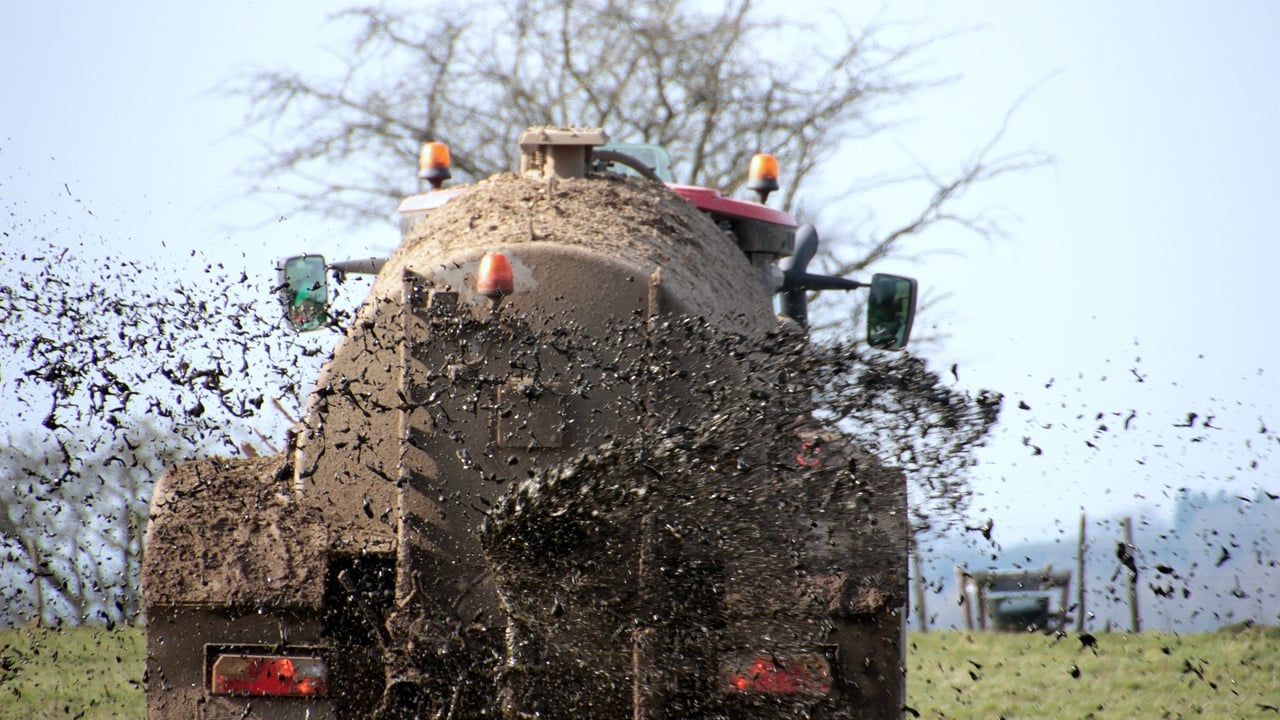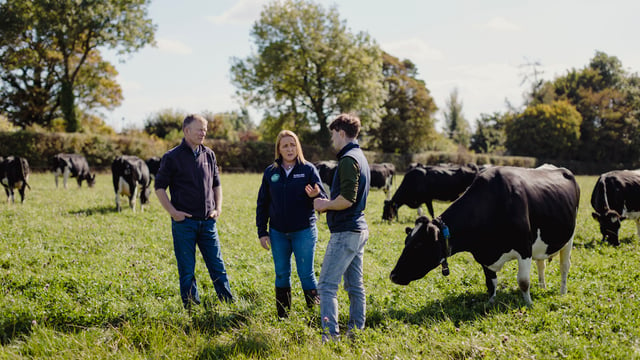Advice: Risks when agitating and spreading slurry
Teagasc is reminding farmers of the risks involved when agitating and spreading slurry as the "challenging" start to 2024 has resulted in this work being delayed on many farms.
Teagasc stated that the main risk is being overcome by slurry gases, leading to poisoning, suffocation or drowning.
There are also many risks from the machinery, such as, impact or crushing when attaching the agitator or tanker and entanglement on the Power Take Off (PTO).
Slurry produces a range of gases based on the nature of the fermentation which occurs. Poisoning occurs "above ground" due to the release of hydrogen sulphide (H2S).
At 150ppm, the olfactory nerve which detects smell in the nose is desensitised and then H2S cannot be detected by smell. The gas is "rapidly fatal" above 700ppm and these levels occur after agitation.
Key points to remember when agitating, according to Teagasc advice:
- Evacuate, ventilate, agitate;
- Only agitate on a breezy day when there is considerable air movement, as one lung full of hydrogen sulphide gas released during agitation can kill;
- Ensure that all livestock, people and pets are kept clear of the slatted shed when agitating;
- Make sure that buildings are well ventilated with all doors and outlets open;
- Stay away from the agitation point for at least 30 minutes;
- Additional time must be given where there are linked tanks and linked buildings, as the gas may travel into poorly-ventilated locations within these sheds;
- The gas can also travel through linked tanks and pipes to locations away from the tank;
- Check for, and stay out of, blind ends where slurry gas may build up;
- Never enter a slurry tank, even if empty, as gases may linger.
"Indoor agitation points are dangerous and should be avoided as there are a number of options available to farmers," Teagasc said.
This includes: Extending tanks and the installation of outdoor agitation points; fitting a slurry circulation pipe; pumping slurry to an outdoor large capacity tank; installing an aeration system; or the use of slurry additives.











